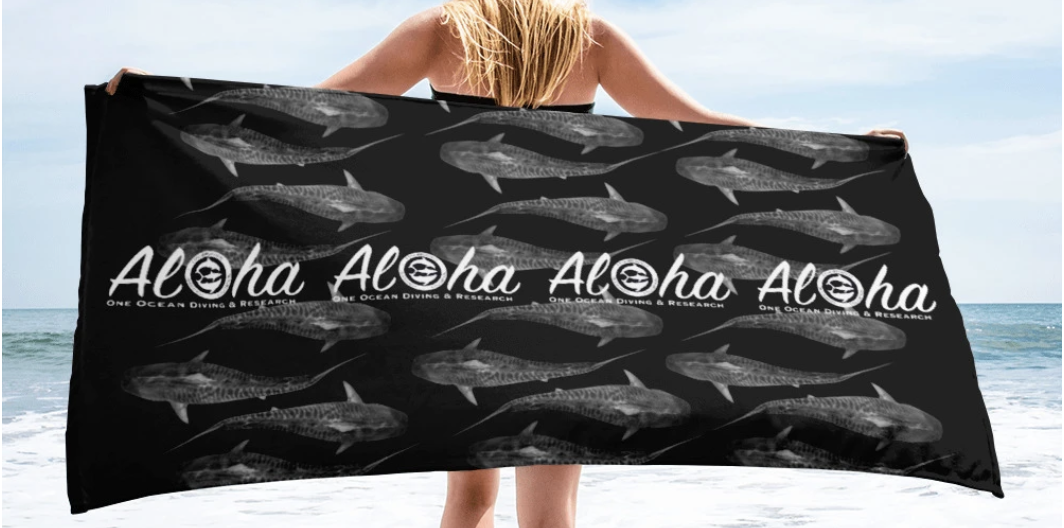Interactions between marine predator and prey species vary at every trophic level in the surrounding ecosystem. Both the stability of the trophic level and the community depend heavily upon these interactions and the total abundance of all predator and prey species in the food chain. As seen across the seven seas, changes in abundances of species in any trophic levels have a great effect on the ecosystem as a whole. Lower trophic levels are composed of mainly detritivores, who are responsible for recycling nutrients in the ecosystem. Higher trophic levels include consumers and apex predators. The trophic level system as a whole works together and is of utmost importance to community structure and balance among all levels. Changes in abundance of higher trophic level species of predators can impact the profusion of their prey at lower trophic levels, causing a cascade of events that takeover the ecosystem and are detrimental to balance in the community. One example of this effect is shown off the Pacific coast in the 1900s where sea otter populations severely diminished due to overhunting for the fur trade. As the populations of sea otters diminished, the abundance of their main prey source, sea urchins, experienced unrestrained growth. The immense populations of sea urchins devastated local kelp and algal supplies, creating colossal issues for primary production, nutrient recycling, habitat degradation, and coastal erosion in this ecosystem. Subtle changes to predator and prey relationships can cause severe effects that resonate throughout the entire marine community. Consequently, understanding these relationships may provide beneficial information about ecosystem heterogeneity which may aid in protecting and conserving biodiversity in these fragile marine systems.
Ecosystem heterogeneity is controlled by various factors, living and nonliving, throughout marine environments. Although the factors controlling ecosystem heterogeneity fluctuate based on varying locations and conditions, studies have revealed patterns in the processes of marine organisms in maintaining the diversity of ecosystem arrangements. Almost all ecosystems have been modified or controlled by a single species and their existence may be traced back to the dependence upon a single organism. Apex predators are prime examples of organisms that aid in preserving heterogeneity. As the top tier of the food chain, apex predators control the balance and efficiency of the trophic levels underneath them. Sharks are amazing apex predators that act as the doctors of the sea, or the white blood cells of the sea, that kill of the sick, weak, dying, and injured so that the strong individuals have more resources and therefore can survive and reproduce. This removal of the weak and sick species in lower trophic levels helps maintain the ecosystem’s overall health. Shark’s ecological role is to maintain strong and healthy ecosystems and not let sickness and disease overrun the population of species in lower trophic levels. Without sharks in our global ecosystems, there would be a detrimental chain reaction felt in every level of the food chain. Lower trophic level organisms would become uncontrolled and consume too much of their prey, leaving an insufficient amount of food for survival and this cascade of events would eventually reach every level of this complex food chain.
Other than ecosystem balance, health, and population control, sharks also maintain proper nutrient recycling in our oceans. We get 70% of oxygen from the ocean, thus ocean health is vital to human health. Sharks are necessary for ecosystem heterogeneity, healthy fish populations, food webs, trophic level systems, whole ecosystems, and the world’s oxygen supply. Therefore, sharks are a necessity and demand protection and preservation in our oceans.





